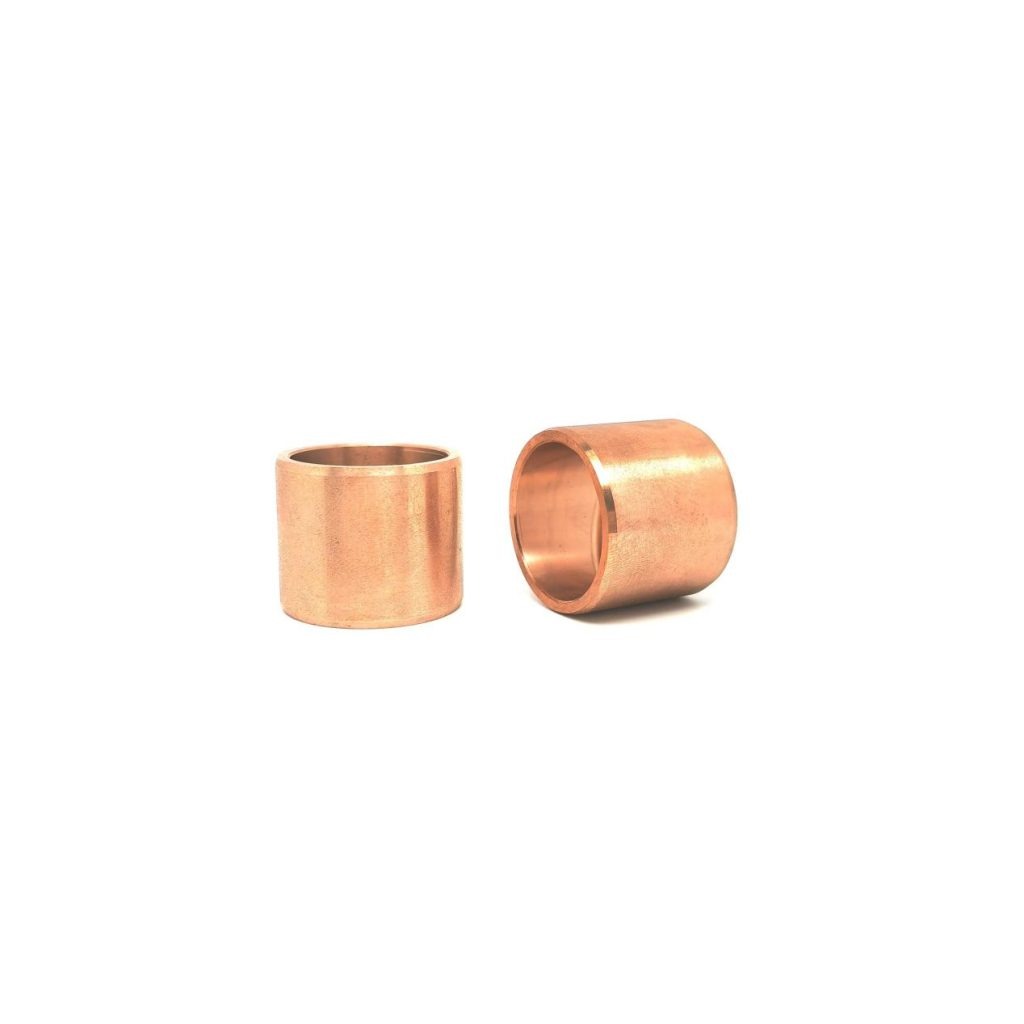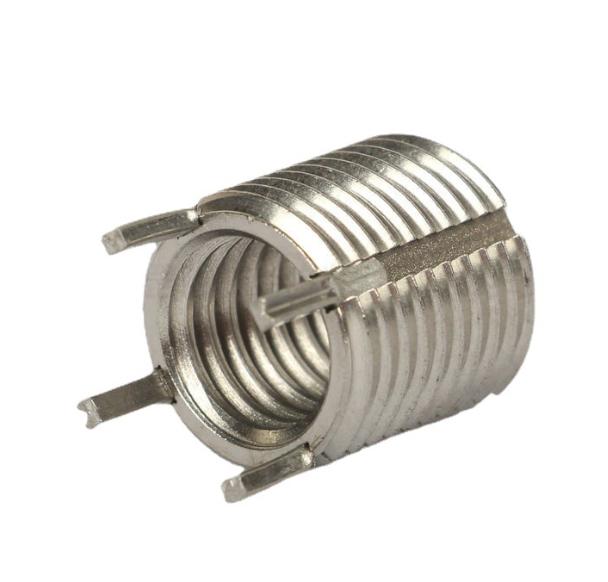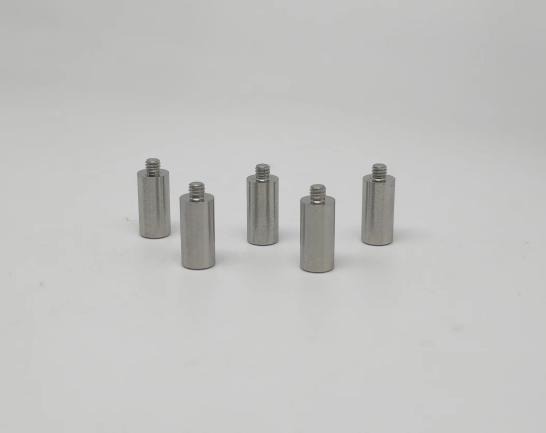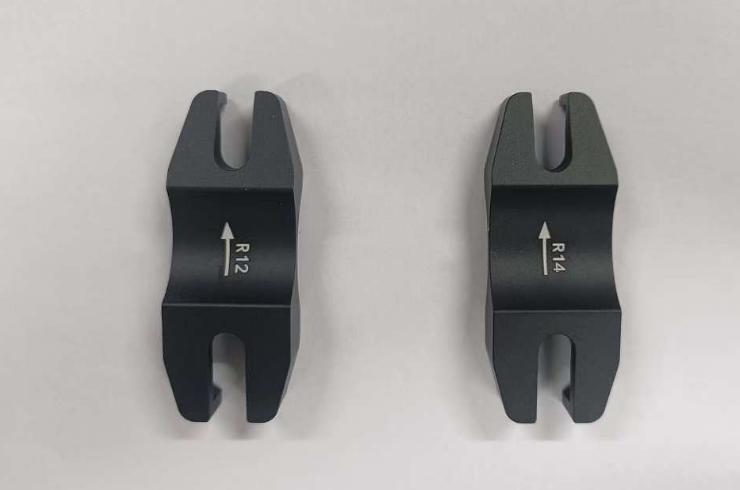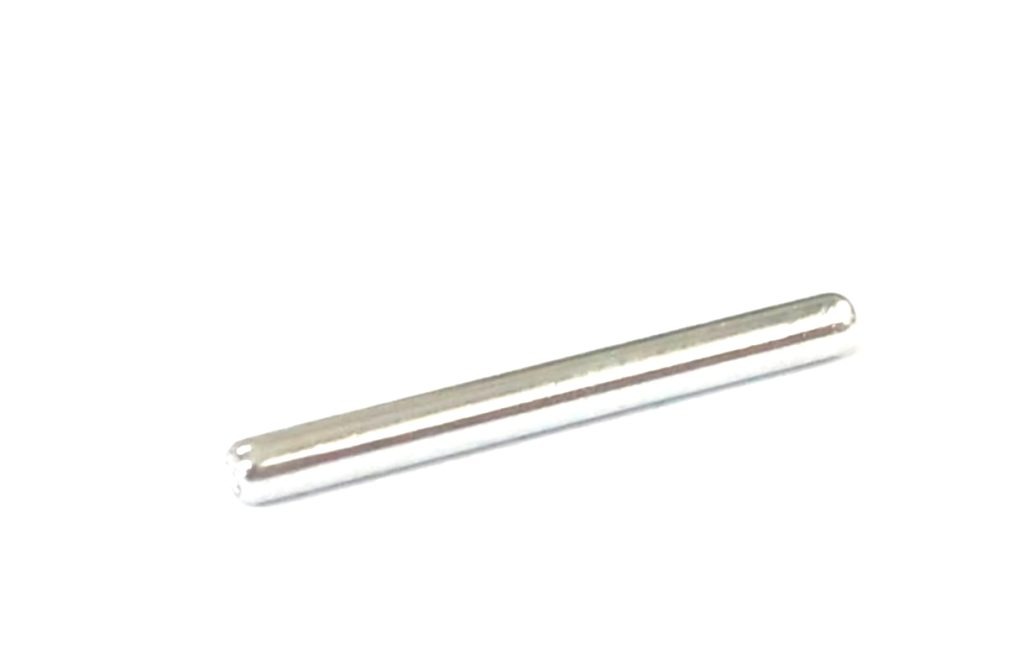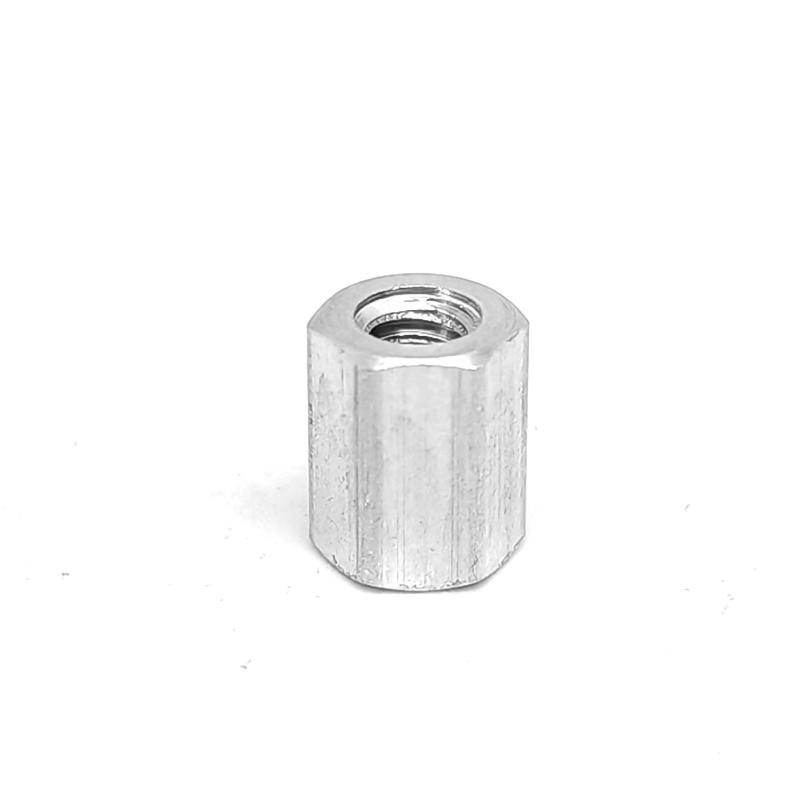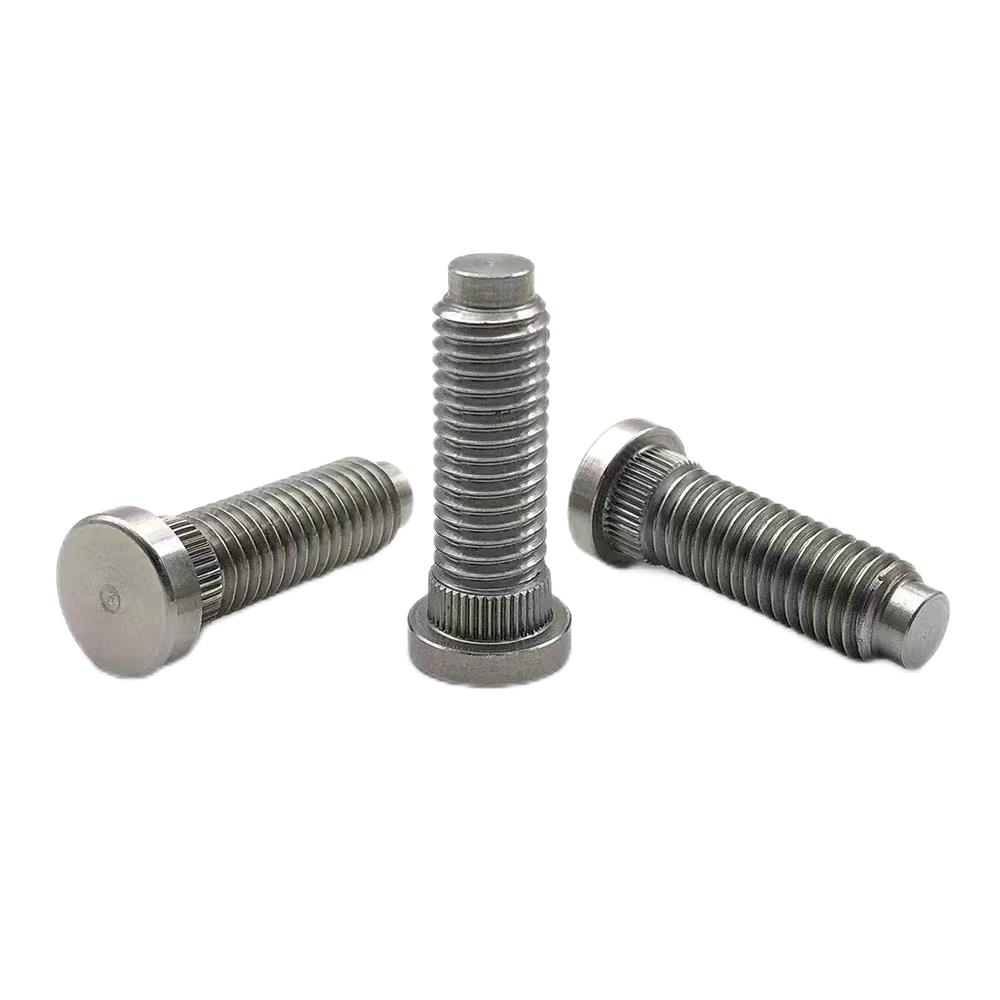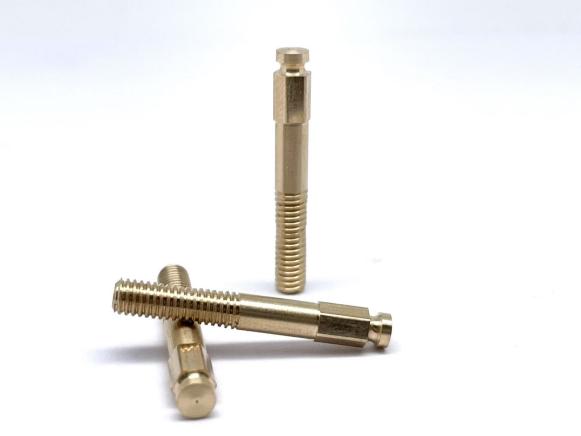Why Select Hybrid Machining with CNC Turning?
Hybrid machining has emerged as a powerful technique that combines the strengths of different machining processes to achieve superior results. One such combination is hybrid machining with CNC turning, which integrates the precision of computer numerical control (CNC) turning with the versatility of other machining methods. In this article, we’ll delve deeper into the realm of hybrid machining with CNC turning to understand its significance, advantages, and applications across various industries.
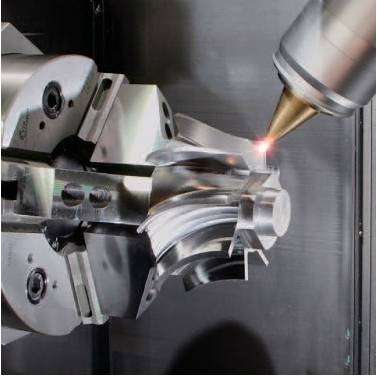
The Essence of Hybrid Machining with CNC Turning
Hybrid machining with CNC turning involves the integration of CNC turning operations with other machining processes such as milling, drilling, grinding, or additive manufacturing. This hybrid approach allows manufacturers to leverage the benefits of each process to produce complex parts with high precision and efficiency.
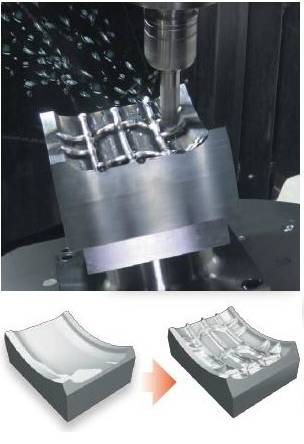
Advantages of Hybrid Machining with CNC Turning
Hybrid machining with CNC turning offers a comprehensive solution for manufacturers looking to improve efficiency, versatility, and quality in part production.
1. Expanded Capabilities
By integrating CNC turning with other machining processes such as milling, drilling, or grinding, hybrid machining enables manufacturers to produce parts with complex geometries, intricate features, and varied surface finishes. This expanded capability allows for the creation of a wider range of parts to meet diverse customer requirements.
2. Improved Efficiency
Hybrid machining streamlines the production process by consolidating multiple operations into a single setup. This reduces part handling, setup time, and overall production time, leading to increased efficiency and shorter lead times. Simultaneous machining operations further enhance efficiency by allowing multiple features to be machined concurrently.
3. Enhanced Precision and Accuracy
CNC turning is known for its high precision and accuracy in producing cylindrical parts. When combined with other machining processes, hybrid machining allows for multi-axis machining and simultaneous operations, resulting in tighter tolerances and improved part quality. This ensures consistency and reliability in part production, even for complex components.
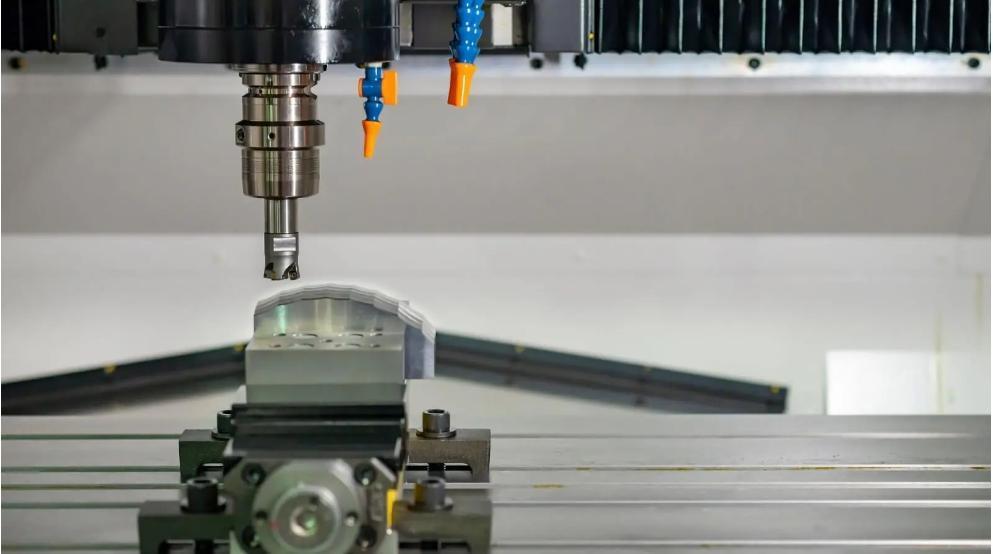
4. Cost Savings
Hybrid machining optimizes resource utilization and minimizes costs associated with tooling, setup, and production. By selecting the most efficient machining processes for each operation, manufacturers can reduce material waste, energy consumption, and labor costs. Additionally, the streamlined production workflow leads to overall cost savings and improved profitability.
5. Versatility and Flexibility
Hybrid machining offers versatility in part production, allowing manufacturers to adapt to changing customer demands and production requirements. It accommodates a wide range of materials, part sizes, and geometries, making it suitable for various industries and applications. From prototyping to high-volume production, hybrid machining can scale to meet evolving needs.
6. Quality and Consistency
The integration of CNC turning with other machining processes ensures consistent part quality and dimensional accuracy. Advanced CNC controls and precision tooling enable tight process control and monitoring, minimizing variability and defects in finished parts. This results in higher-quality products that meet or exceed customer expectations.
Applications Across Industries of Hybrid Machining with CNC Turning
Hybrid machining with CNC turning finds applications across a wide range of industries due to its versatility, efficiency, and precision.
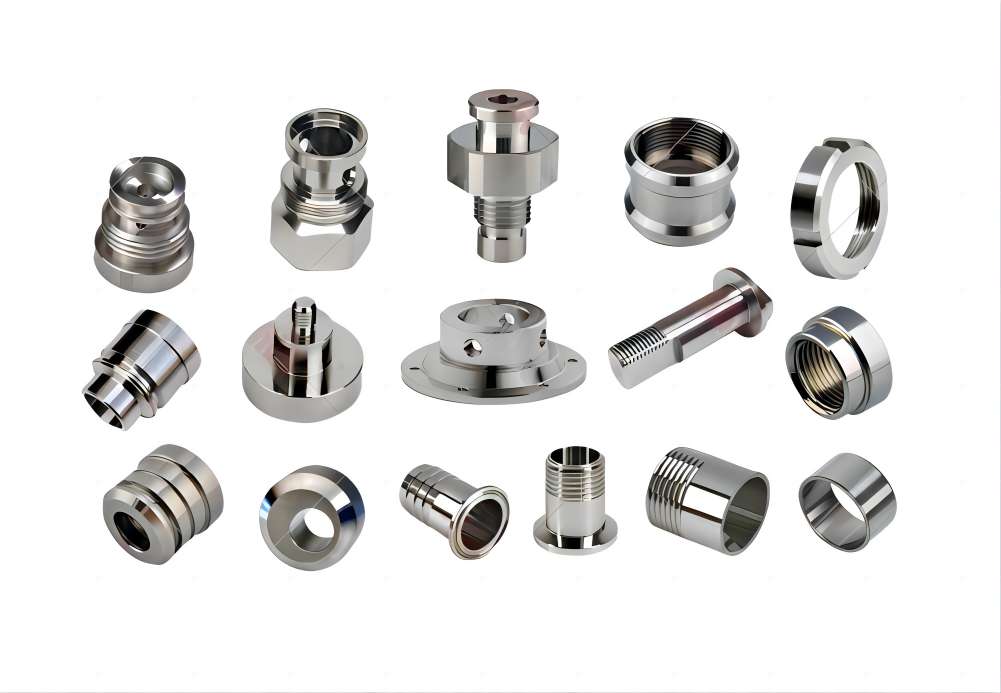
1. Aerospace Industry
- Engine Components: Hybrid machining is used to produce critical engine components such as turbine blades, compressor discs, and housings with complex geometries and high precision.
- Structural Parts: Aircraft structural parts like bulkheads, ribs, and brackets require intricate machining operations, which hybrid machining can accomplish efficiently.
- Aircraft Interiors: Hybrid machining is employed to fabricate interior components such as seat frames, overhead bins, and cabin fixtures with precise dimensions and finishes.
2. Automotive Industry
- Engine Parts: Hybrid machining is utilized for manufacturing engine components such as crankshafts, camshafts, and cylinder heads with tight tolerances and surface finishes.
- Transmission Components: Transmission gears, shafts, and housings are machined using hybrid machining to ensure smooth operation and durability.
- Suspension and Steering Parts: Hybrid machining with CNC turning is employed for producing suspension components, steering knuckles, and control arms with complex shapes and high strength.
3. Medical Industry
- Implantable Devices: Hybrid machining is used to manufacture medical implants such as hip and knee replacements, dental implants, and spinal implants with precise dimensions and biocompatible materials.
- Surgical Instruments: Surgical instruments like forceps, scalpels, and bone saws require intricate machining, which hybrid machining can accomplish efficiently.
- Medical Devices: CNC machining is employed for fabricating medical devices such as prosthetic limbs, pacemakers, and catheters with complex geometries and superior surface finishes.
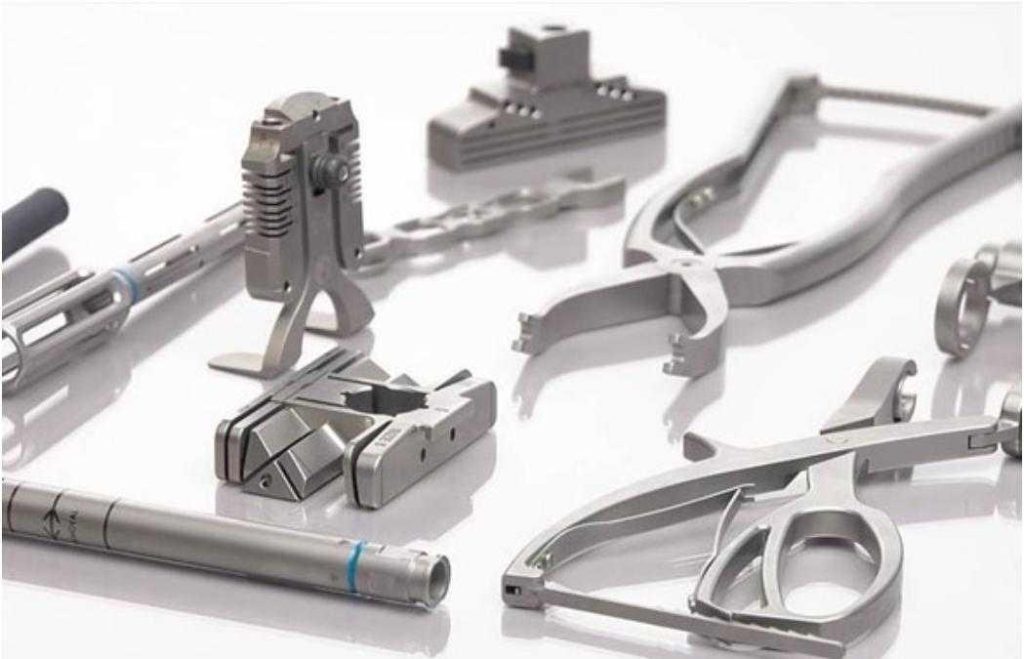
4. Consumer Electronics Industry
- Electronic Enclosures: Hybrid machining with CNC machining is used to produce electronic enclosures, chassis, and heat sinks with precise cutouts, holes, and surface finishes.
- Connectors and Terminals: Connectors, terminals, and sockets for electronic devices require precise machining, which hybrid machining can provide cost-effectively.
- Consumer Gadgets: Hybrid machining is employed for manufacturing components of consumer gadgets such as smartphones, laptops, and cameras with intricate designs and tight tolerances.
5. Precision Engineering Industry
- Tooling and Dies: Hybrid machining is utilized for producing molds, dies, and tooling for various industries including automotive, aerospace, and injection molding.
- Jigs and Fixtures: Jigs, fixtures, and gauges used in manufacturing processes are machined using hybrid machining for precise positioning and alignment.
- Prototyping and Small-Batch Production: CNC machining is ideal for rapid prototyping and small-batch production of custom parts with quick turnaround times and high precision.
6. Defense and Military Industry
- Weapon Components: CNC machining is employed for manufacturing weapon components such as barrels, receivers, and firing mechanisms with high precision and durability.
- Armor and Vehicle Parts: Armor plating, vehicle components, and weapon mounts require precise machining, which hybrid machining can provide efficiently.
- Electronics and Communication Systems: Electronics enclosures, communication antennas, and radar systems components are machined using hybrid machining for precise fit and functionality.
Future Innovations in Hybrid Machining with CNC Turning
1. Advanced Automation
Advancements in hybrid machining with CNC turning will likely involve increased automation, including the integration of robotics and artificial intelligence (AI). Automated loading and unloading systems, robotic tool changers, and AI-based process optimization algorithms will streamline production, reduce human intervention, and improve overall efficiency.
2. Multi-Tasking Machining Centers
Hybrid machining systems may incorporate multi-tasking machining centers capable of performing a wide range of machining operations in a single setup. These advanced machines will integrate turning, milling, drilling, grinding, and additive manufacturing processes, allowing for complex part production with minimal part handling and setup time.
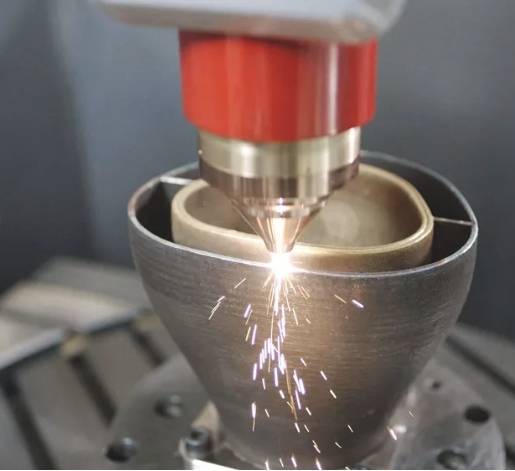
3. In-situ Metrology and Quality Control
Hybrid machining systems will likely feature in-situ metrology and real-time quality control capabilities. Built-in sensors, probes, and inspection tools will monitor part dimensions, surface finish, and tolerances during machining, enabling immediate adjustments and ensuring consistent part quality.
4. Additive and Subtractive Integration
Innovations in hybrid machining will focus on the seamless integration of additive manufacturing (AM) and subtractive machining processes. Hybrid machines capable of both additive and subtractive operations will enable on-the-fly material deposition, surface modification, and hybrid part fabrication, offering greater design freedom and manufacturing flexibility.
5. Adaptive Machining Strategies
Hybrid machining systems will incorporate adaptive machining strategies that dynamically adjust machining parameters based on real-time feedback from sensors, process monitoring systems, and AI algorithms. Adaptive toolpaths, cutting parameters, and machining sequences will optimize material removal rates, tool life, and surface finish, maximizing efficiency and productivity.
6. Material and Tooling Innovations
Advancements in CNC turning machining will involve the development of new materials and cutting tools optimized for hybrid machining processes. High-performance tool coatings, advanced cutting geometries, and hybrid-compatible materials will improve tool life, machining performance, and surface quality, enabling more efficient and cost-effective machining operations.
7. Digital Twin Technology
Hybrid machining systems may incorporate digital twin technology, allowing for virtual modeling and simulation of machining processes. Digital twins will enable predictive maintenance, process optimization, and virtual prototyping, reducing downtime, minimizing scrap, and accelerating time-to-market for new products.
8. Integration with Smart Factories
Future innovations in hybrid machining with CNC turning will align with the broader trend of Industry 4.0 and smart manufacturing. Hybrid machining systems will be seamlessly integrated into interconnected factory networks, enabling real-time data exchange, remote monitoring, and autonomous decision-making for optimized production workflows.
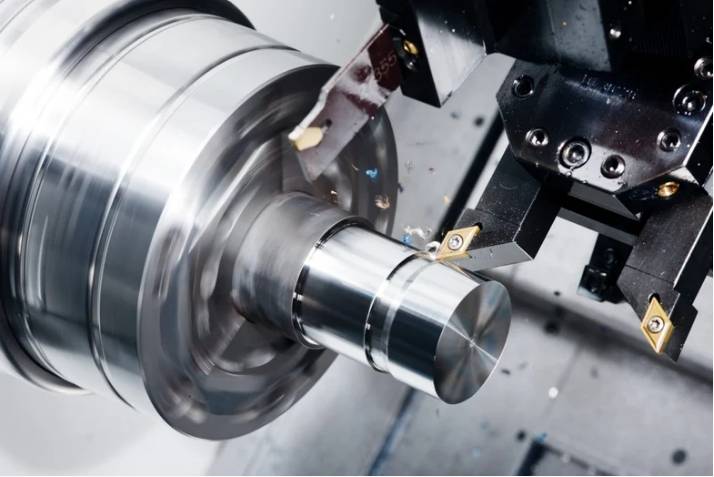
Conclusion
Hybrid machining with CNC turning represents a cutting-edge approach to manufacturing that offers numerous advantages in terms of precision, efficiency, capabilities, cost savings, surface finish, and versatility. By integrating CNC turning with other machining processes, manufacturers can achieve superior results and meet the increasingly complex demands of modern industry. As technology continues to advance, hybrid machining remains at the forefront of shaping the future of manufacturing, driving progress and innovation in the global landscape.

